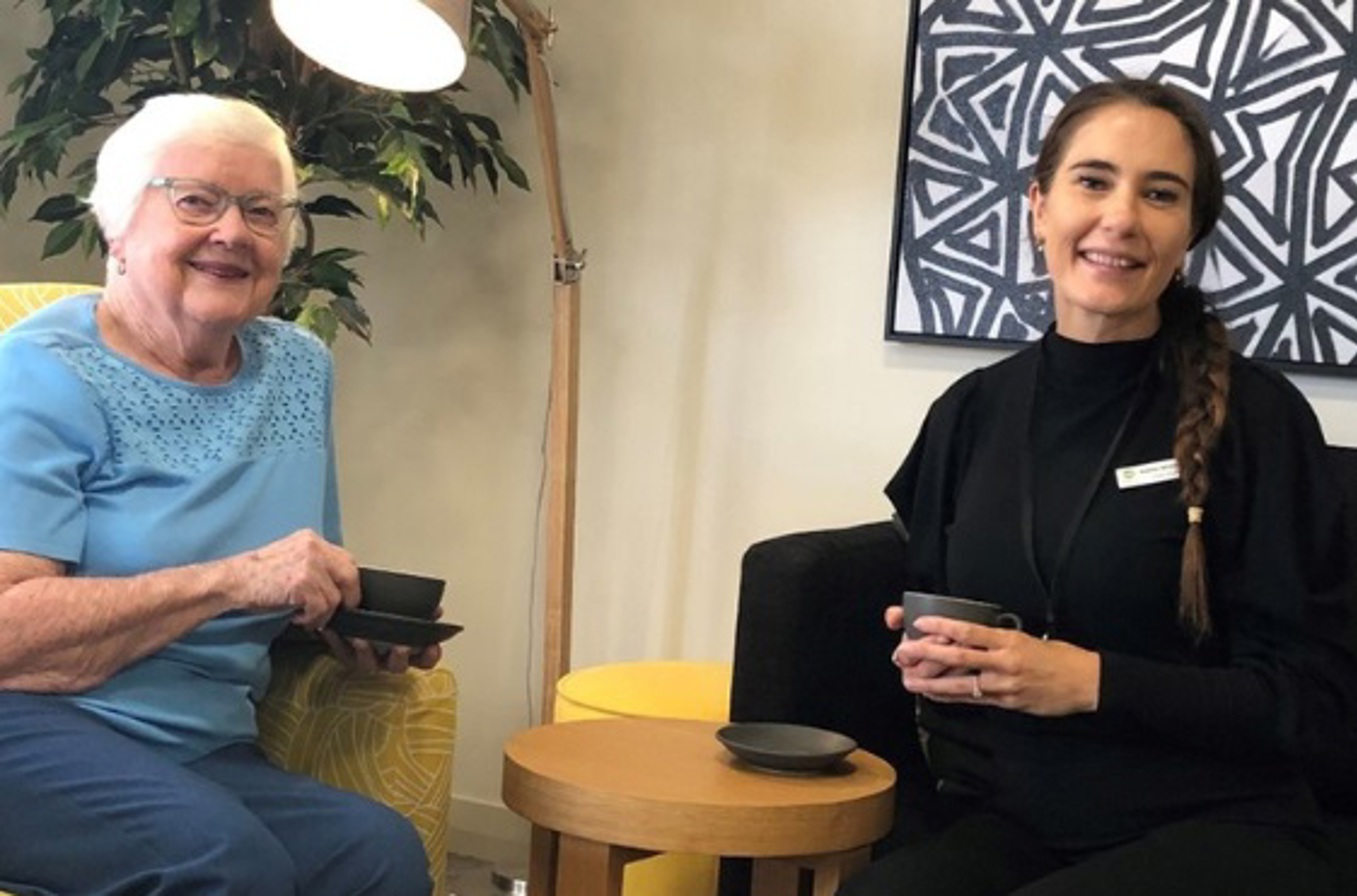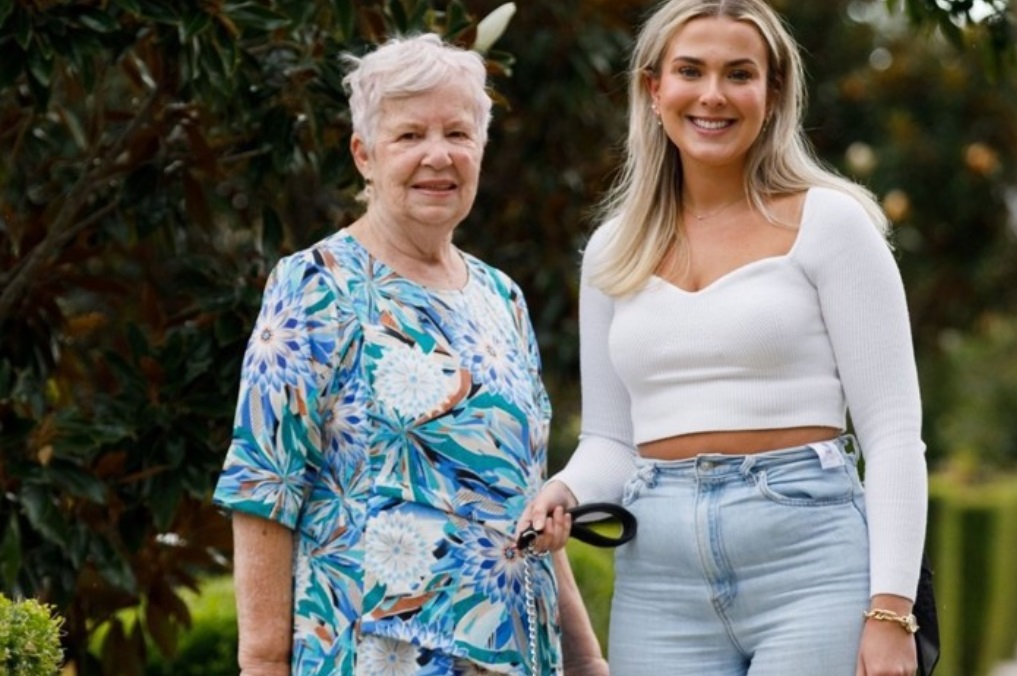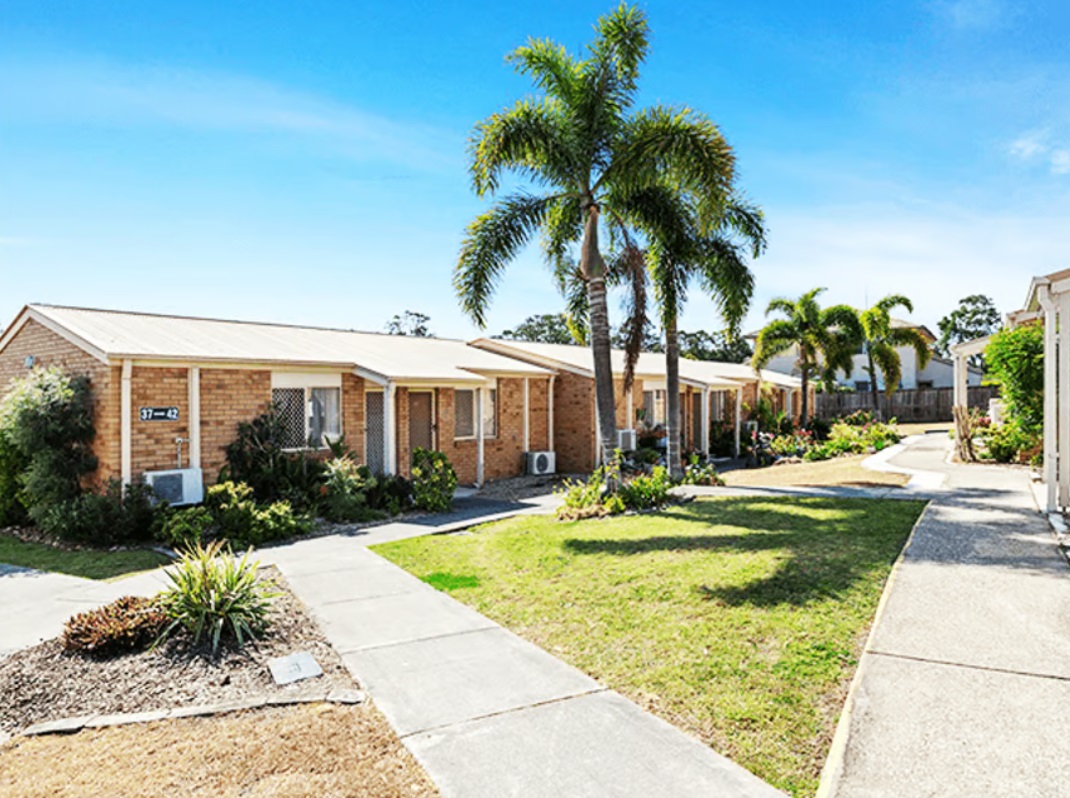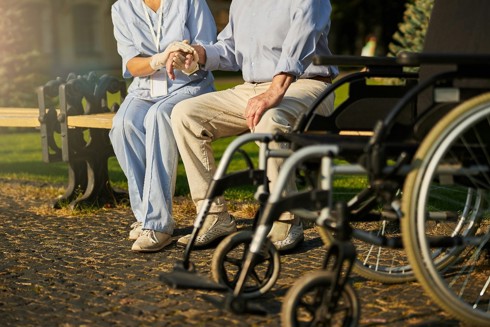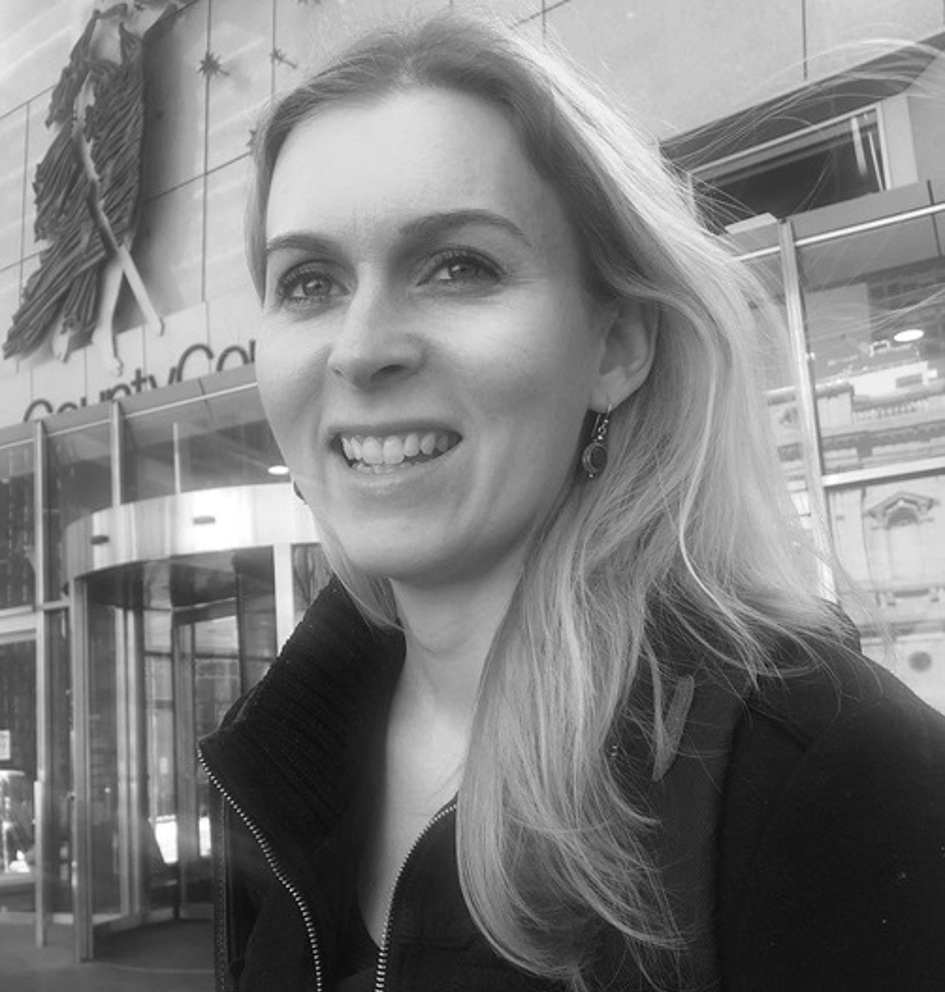Have you or a loved one experienced a fall this year? You’re not alone

The Australian Government’s Institute of Health and Welfare has issued its Injury in Australia report which revealed the main cause of injury in 2022-2023 was falls.
In the 12 months, there were 238,000 hospitalisations, or 760 per 100,000 people, due to falls. In 2021–2022, the leading cause of deaths caused by injury were falls (6,400 deaths or 17 per 100,000 people).
Falls are a significant risk factor for entering residential aged care, with falls in aged care homes now measured by the Federal Government and contributing to the Government’s new star rating system for homes.
In residential aged care, annual quality indicator data shows almost 33%, a third of residents, record at least one fall every four months. The quarterly report shows that from April to June last year, 61,871 residents recorded a fall with 3,619 of those resulting in a major injury.
For many people, one of the biggest psychological impacts of a big slip and fall is increased fear and anxiety. Victims may develop a fear of falling again, walking on certain surfaces, or a general loss of confidence in your mobility and balance.
Can you reduce your risk then?
Currently, there is no national strategy on preventing falls.
To close the gap, Flinders University researchers Dr Suzanne Dyer and Dr Jenni Suen have produced two research papers that provide guidance on how to successfully reduce falls for aged care residents.
“We have found that both regular exercise and a personalised falls prevention plan based on each resident’s individual needs should significantly reduce the likelihood of a fall,” said Dr Dyer, a senior research fellow at Flinders University’s College of Medicine and Public Health.
“Much like any exercise program, it should include a combination of exercise types such as balance and resistance and be tailored, allowing for individual abilities and preferences.”
The research also highlights the importance of having an individual falls risk assessment for each person, allowing for the flexibility of care home staff to make adjustments where required to reduce falls.
“Falls were reduced when different interventions (such as exercise programs, mobility aids, glasses, changing medications or modifying the environment) were given based on an individual’s falls risk assessment,” said Dr Jenni Suen.
Good advice that can also be given to those of us living at home.

